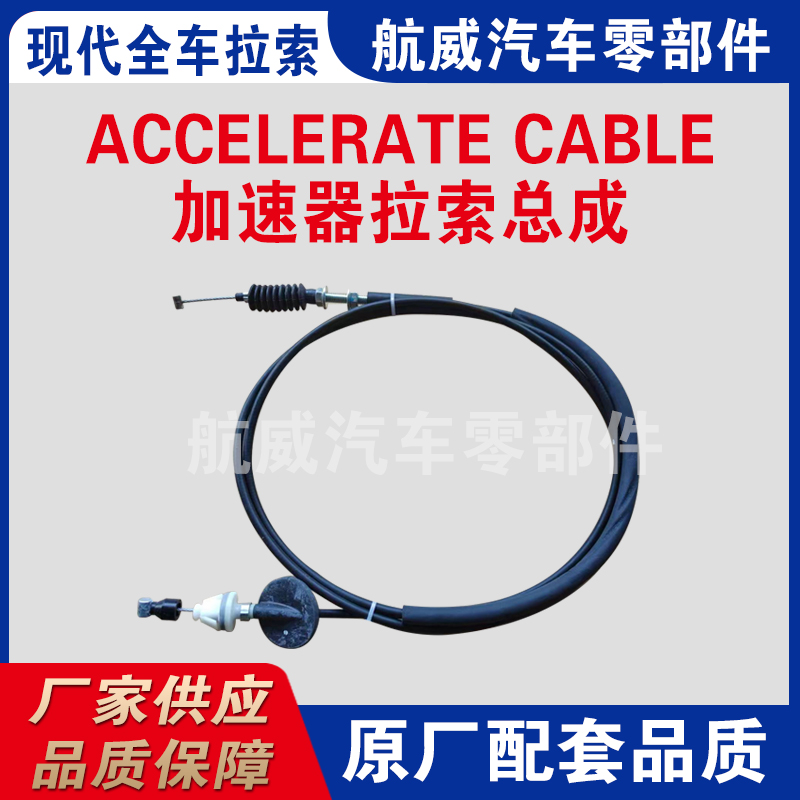Understanding the Mechanism and Application of Line Shaft Clutches in Industrial Settings
The Line Shaft Clutch An Integral Component in Mechanical Systems
The line shaft clutch plays a crucial role in various mechanical systems, particularly in industries that rely on power transmission across multiple machines. This innovative device allows for the efficient transfer of power from a central source to various segments of a production line, demonstrating both versatility and reliability in its operation.
Historically, line shafts were widely used in factories during the industrial revolution, powering numerous machines from a single source. The introduction of the line shaft clutch enhanced this system by enabling selective engagement and disengagement of machines, thus improving operational efficiency. When a machine is not in use, the clutch can disengage it from the line shaft, preventing unnecessary energy consumption and wear on the equipment. This feature not only conserves energy but also extends the lifespan of the machinery.
The mechanism of a line shaft clutch typically consists of a drum or pulley connected to the line shaft, alongside a friction disc or surface that engages with it. When the clutch is engaged, power flows to the driven equipment, allowing it to operate. Conversely, disengaging the clutch stops power transmission, leading to a seamless and controlled production process. This design is particularly beneficial in settings where processes need to be alternated frequently or machines must be serviced without shutting down the entire line.
line shaft clutch

In modern applications, line shaft clutches are utilized in various sectors beyond traditional manufacturing, including food processing, textile production, and even amusement parks, where they help manage the operation of rides. The adaptability of the line shaft clutch allows it to be integrated into automated systems and control setups, creating a more streamlined workflow.
Moreover, advancements in materials and technology have further enhanced the performance of line shaft clutches. Modern clutches are often designed to be more compact and efficient, incorporating materials that reduce friction and wear, which optimizes power transmission and decreases maintenance needs.
In conclusion, the line shaft clutch remains a vital component in mechanical engineering and industrial operations. Its ability to selectively engage or disengage machinery contributes to overall system efficiency, energy savings, and machine longevity. As industries continue to evolve, the line shaft clutch will undoubtedly adapt, maintaining its significance in the realm of mechanical systems.
-
Upgrade Your Vehicle with High-Quality Handbrake CablesNewsNov.01,2024
-
Optimize Your Bike's Performance with Quality CablesNewsNov.01,2024
-
Enhance Your Vehicle's Performance with Quality Clutch ComponentsNewsNov.01,2024
-
Elevate Your Vehicle's Performance with Quality Throttle CablesNewsNov.01,2024
-
Elevate Your Vehicle's Performance with Quality CablesNewsNov.01,2024
-
Affordable Solutions for Your Cable NeedsNewsNov.01,2024
